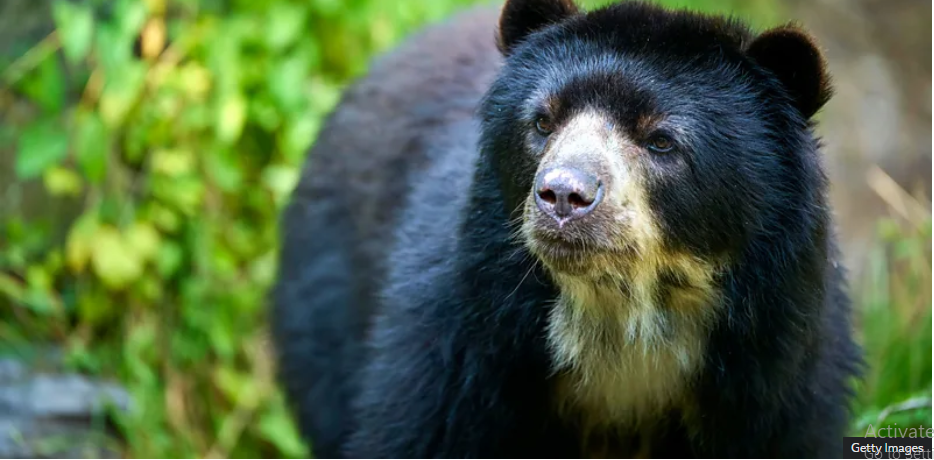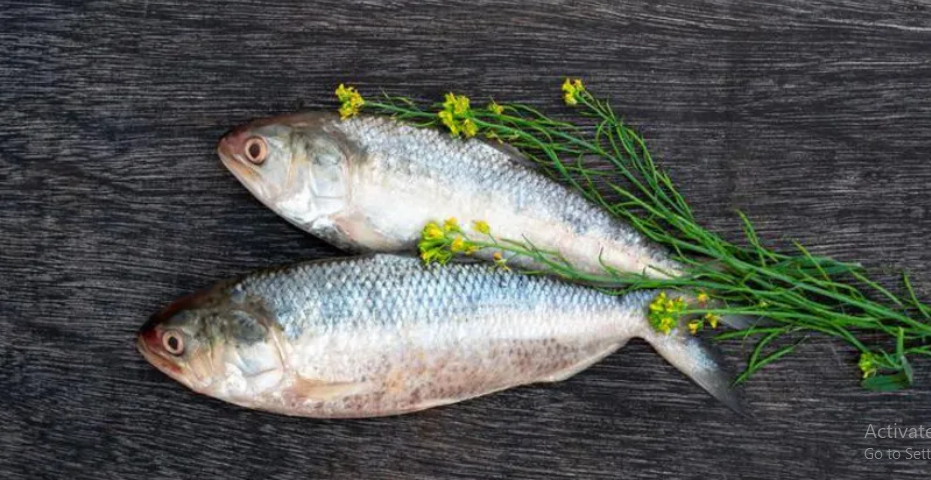Drought and conflict with farmers are threatening Bolivia’s Andean bear – the real-life Paddington Bear. Now a beekeeping project is helping protect this endangered species.

Elsa Limachi looks silently at the mountains around her small straw house. She is scanning her surroundings for the Andean bear. This small “spectacled” bear, with its circular golden markings around its eyes, is the real-life Paddington Bear.
Unlike the marmalade-obsessed fictional favourite, Andean bears are not social creatures. They are difficult to spot, but they are there, roaming through the dry Andean forest in southern Bolivia, Limachi says.
The inter-Andean dry forest lives up to its name with a landscape dotted with dense trees and bushes, where green merges with yellow and brown. The earthy tones of the landscape provide the perfect camouflage for the Andean bear’s dark brown fur.
Limachi lives in San Lorencito, a remote farming village in Tarija, southern Bolivia. For generations, the community saw the Andean bear as a threat which was responsible for killing their cattle and eating their crops. These often false beliefs have led to retaliatory killings in the area.
“Several years ago, we didn’t want the bear around because we thought it was not only dangerous, but also harmful to our cattle and crops,” says Limachi.
“The farmers would always blame the bear,” Limachi says. But bear attacks were the cause of only 5% to 10% of livestock deaths, she says, adding that poor management practices of cattle, diseases, tumbling accidents or snake bites, were the main reasons for cattle losses.
Climate Guardians
This article in the Climate Guardians series was supported by funding from the European Journalism Centre, through the Solutions Journalism Accelerator. This fund is supported by the Bill & Melinda Gates Foundation.
The Andean bear’s conservation status is vulnerable. The bear’s main threats are retaliatory killings, habitat fragmentation and degradation, and the effects of climate change on the reproductive success of the species.
Bolivia and Peru are home to 70% of the Andean bear population, but the species can also be found in parts of Ecuador and Venezuela. It is the only bear species residing in South America and there are an estimated 2,500 to 10,000 mature bears in the wild, according to ecological models.
In contrast to Paddington Bear, who always keeps a marmalade sandwich tucked under his hat in case of a hunger emergency, the Andean bear feeds on bromeliads, exotic plants related to the pineapple, and other hard vegetative matter growing on the mountainside. But when there is not enough food in the forest, this opportunistic hunter may attack cattle, leading to conflict with farmers.
In San Lorencito, conflict with farmers has led to illegal retaliation killings, threatening the Andean bear’s long-term survival.
Witnessing the declining bear population in the region, Bolivian biologist Ximena Velez-Liendo came up with a plan to minimise conflict between farmers and bears. The solution? Beekeeping.
Velez-Liendo is the founder of the Andean Carnivore Conservation Programme (ACCP), a conservation project led by Chester Zoo in the UK along with other organisations, including WildCRU, Foundation Segré, Darwin Initiative and Whitley Fund for Nature.
The ACCP opened a communal apiary with 10 beehives in San Lorencito in 2018, which also served as a school for community members to learn the craft of beekeeping. The programme helped provide resources so each family could start their own apiary, as well as equipment to facilitate honey harvesting.
The aim was to provide the community with an alternative economic activity to cattle farming. Velez-Liendo established the beekeeping project in 2018 following a regional assessment which revealed that farming communities were killing one to two bears every year because they blamed the animals for killing their livestock. Most cattle deaths were attributed to the bear, even if other factors, such as diseases and mountain tumbling, were to blame, says the biologist.
“The objective was to reduce retaliatory killings of bears by reducing cattle farming, as well as to improve people’s attitude and increase tolerance towards bears,” says Velez-Liendo, also a research associate at the wildlife conservation research unit at the University of Oxford and Chester Zoo in the UK, based in Tarija.
“We do not provide the full cost of the apiary. We provide 70% of the total cost, and the beneficiary the remaining 30%,” says Velez-Liendo. “We found out that people value and care more than if it had been completely free.”














